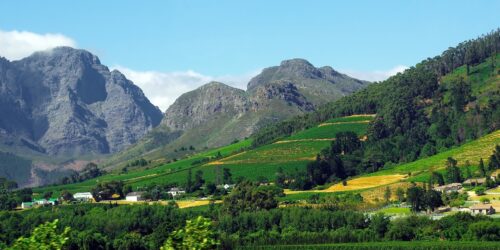Google searches give the impression that they are omnipotent but if you understand how information is stored and the amount of information that is still on paper and not visible to Google at all, you realize that there are other ways to find information that don’t involve using Google.
Let’s suppose that you are looking for the history of Apache County, Arizona. You would like to find the background history of a relative who lived in that county. So, you do a search on Google for “history apache county arizona.” Hmm. You get over 39 million results in .68 seconds. Now what? Well, none of the websites that come up are going to have enough detail to provide more than a few paragraphs of general information and most of those websites are going to loaded with advertising.
You might try being a little more specific. How about looking for “history “apache county” arizona books.” Well, now you come up with about 288,000 results and most of the responses are to books for sale on Amazon.com. What you really would like is a good book about the history of Apache County with a lot of detail. What is missing from Google?
Google essentially uses variations of a string search, that is, it searches text on websites, indexes results of the searches, and then prioritizes the results in ways that maximize its advertising revenue. The key here is in what Google can search. So, back to your search for a book about the history of Apache County, Arizona. Where is that book? Can Google find the book? If the book has been mentioned or cited or included in text that is online and searchable by Google, then yes, a Google Search could find the book. But if the book has never been digitized and is not online and is sitting on a library shelf somewhere in the world, Google will not likely find it. Why is that?
Libraries traditionally use some sort of cataloging system to identify and locate their collections. See Wikipedia: Library classification. Most library catalogs have been moved online but they are not necessarily searchable by Google. However, there is an alternative. Hundreds of thousands of libraries use a common system for sharing their catalogs. It is called OCLC.org and the website where its master catalog is located is called WorldCat.org. WorldCat.org has over 2 billion catalog entries. If you are trying to physically find a book, you are wasting your time using Google. You should be searching on WorldCat.org. \
Here is my search on WorldCat.org for a book on the history of Apache County, Arizona.
- Peterson, Charles S. Take up Your Mission; Mormon Colonizing along the Little Colorado River, 1870-1900. Tucson: University of Arizona Press, 1973.
- Porter, Rulon E. History of Mormon Settlements, Little Colorado River Valley, 1969.
- ———. Mormon Colonization of the Little Colorado River Valley. Salt Lake City, Utah: Filmed by the Genealogical Society of Utah, 1999.
- ———. Mormon Settlement of the Little Colorado River Valley, 1949.








